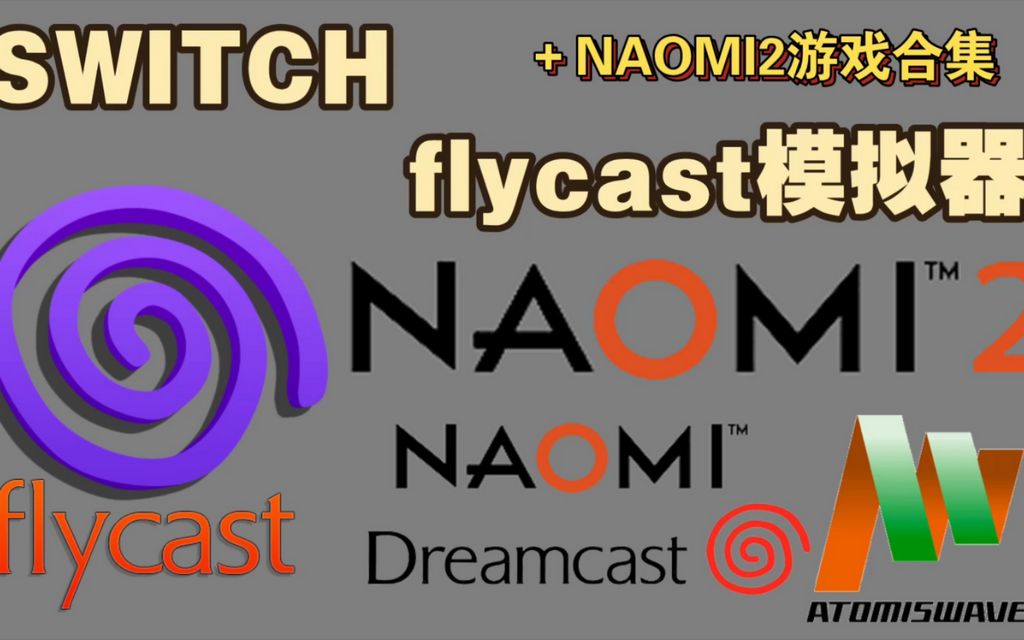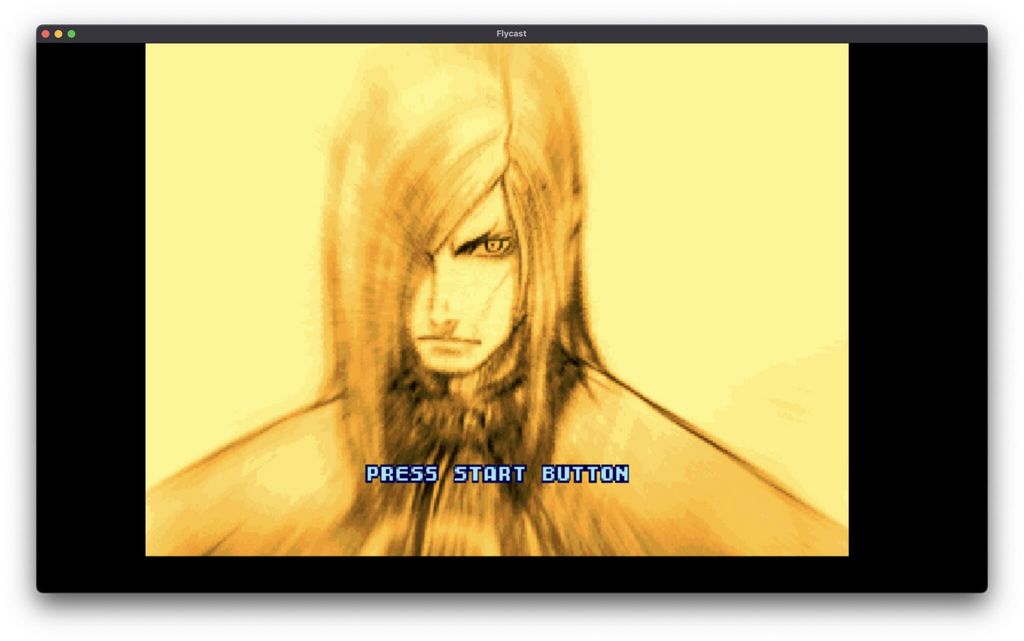Dreamcast video games
The Dreamcast is a home video game console established and marketed by Sega. The initial of the sixth generation of computer game consoles, it was released in Japan on November 27, 1998, in The United States And Canada on September 9, 1999, and in Europe on October 14, 1999. The fifth and last home console created by Sega, the Dreamcast is the successor to the Sega Saturn, whose industrial failing motivated the business to release it only 4 years after its predecessor’s first release.
All accredited ready the Dreamcast were launched on the GD-ROM style, an exclusive CD-based optical disk format collectively established by Sega and Yamaha Firm that was capable of storing up to 1 GB of data. The Dreamcast itself includes local lockout. While the higher-capacity DVD-ROM layout was readily available during the console’s growth, its then-fledgling technology was regarded as well expensive to implement at the time, which caused implications for Sega when rivals such as Sony’s PlayStation 2 concerned market; the Dreamcast was incapable to offer DVD motion picture playback when the public started changing from VHS to DVD, and its video games were unable to capitalize on the DVD’s higher storage ability and lower price. Furthermore, a manipulate in the console’s duplicate defense system through its support for the little-used MIL-CD style properly permitted customers to play several games shed onto CD-Rs, without any hardware alterations.
The Dreamcast’s first launch in Japan had four launch titles, which were Virtua Boxer 3tb, Pen TriIcelon, Godzilla Generations, and July.read about it dreamcast roms from Our Articles The North American launching featured 19 launch titles, which included very anticipated ones such as Sonic Journey, Soulcalibur, and NFL 2K. The European introduction was initially mosting likely to include 10 launch titles, however the list raised to 15 as its hold-up from the initial September 23 launch day allowed the addition of a handful of added titles. Due to the similarity of the Dreamcast’s hardware with Sega’s own New Game Operation Equipment Concept (NAOMI) arcade board, it saw a number of near-identical ports of gallery video games. And also, since the Dreamcast’s hardware made use of components comparable to those found in computers (PCs) of the age, particularly ones with Pentium II and III cpus, it additionally saw a handful of ports of computer games. American third-party author Electronic Arts, which had thoroughly supported Sega’s previous consoles beginning with the Sega Genesis, chose not to establish games for the Dreamcast because of a conflict with Sega over licensing.
Sega stopped the Dreamcast’s hardware in March 2001, and software support quickly decreased because of this. Software application mostly trickled to a come by 2002, though the Dreamcast’s final certified game on GD-ROM was Karous, launched just in Japan on March 8, 2007, nearly accompanying completion of GD-ROM production the previous month. The last first-party game for the Dreamcast was Puyo High temperature, launched as a Japanese special on February 24, 2004.
This checklist documents all formally released and homebrew ready the Dreamcast. It does not consist of any type of terminated games, which are documented at the checklist of terminated Dreamcast games.


Deja una respuesta